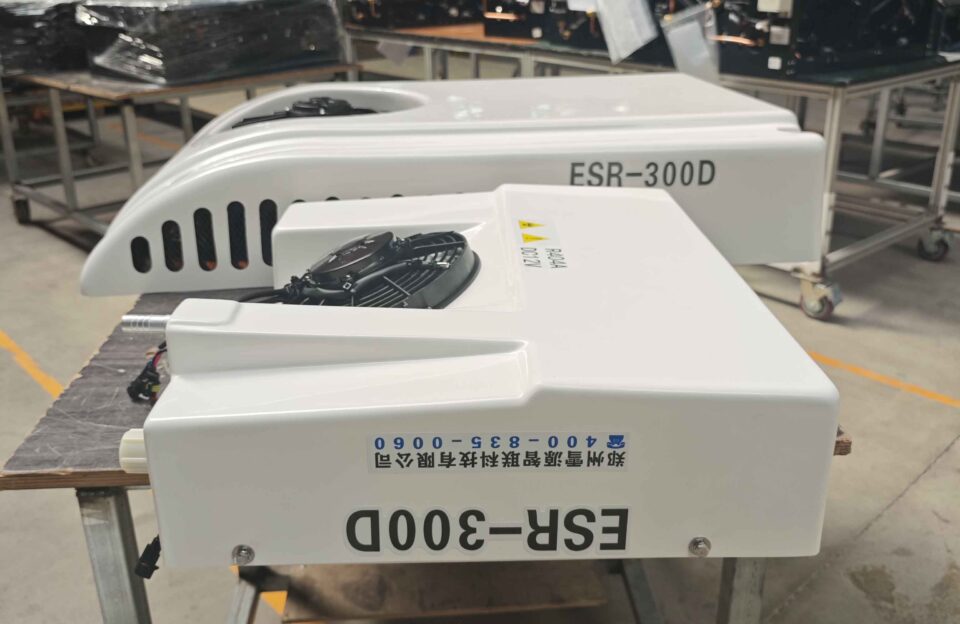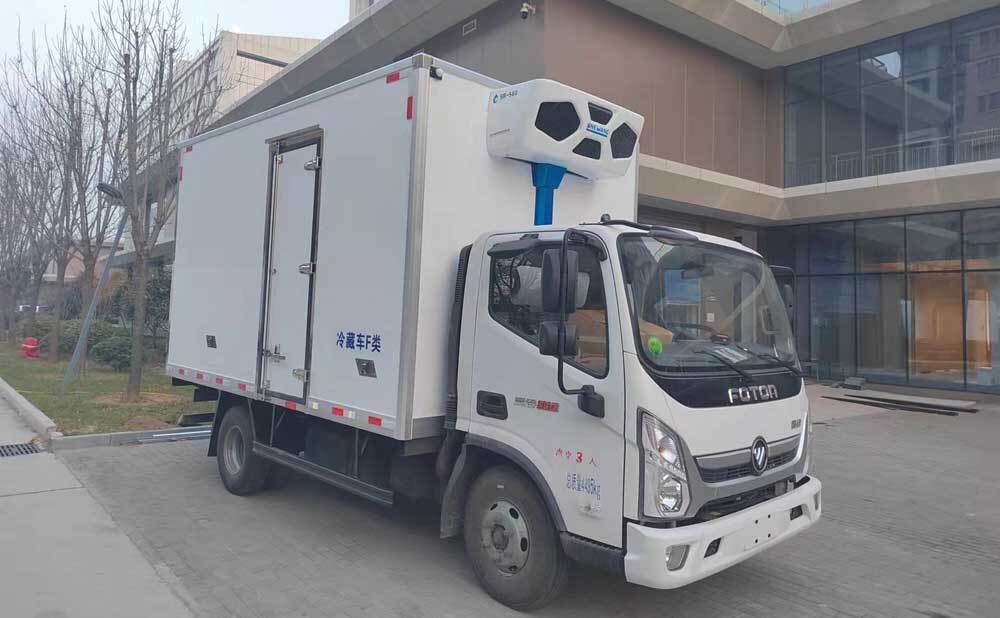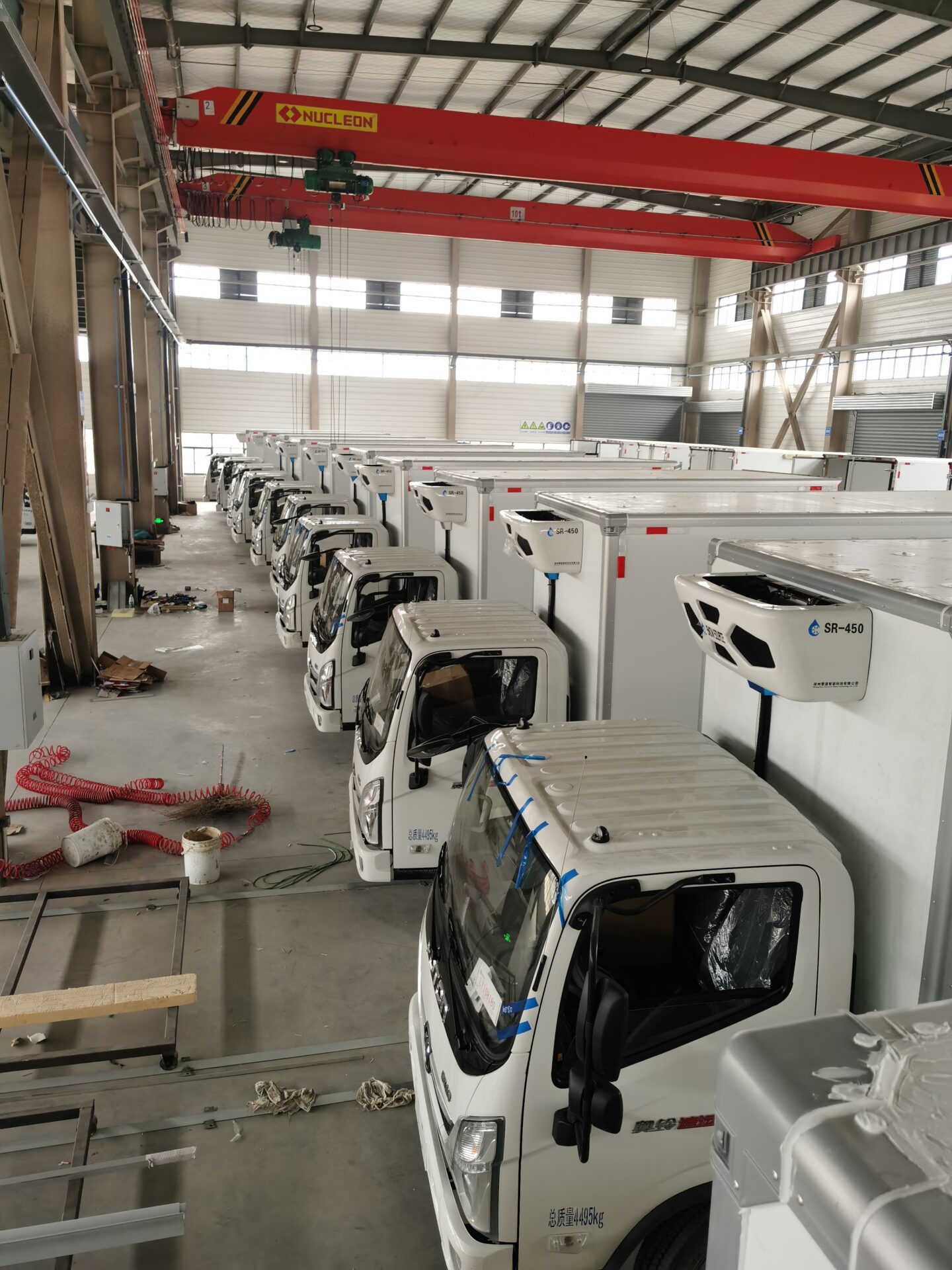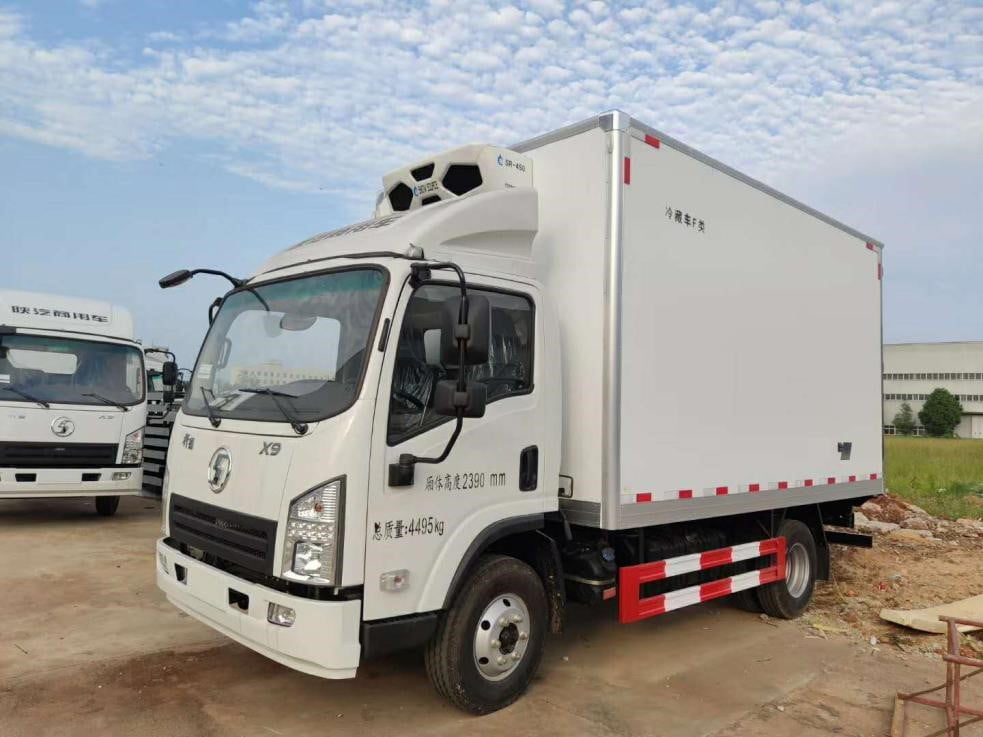The environmental protection development trend of truck refrigeration units is obvious, which is reflected in the use of environmentally friendly refrigerants, improving energy efficiency and other aspects to reduce the negative impact on the environment and promote the sustainable development of the industry. Such as carrier truck refrigeration units, thermoking trailer refrigeration units.
Environmental protection of refrigerants:
- Elimination of traditional refrigerants: Traditional Freon refrigerants are destructive to the ozone layer and have a high greenhouse effect potential. With the increasingly stringent environmental regulations, the gradual elimination of such refrigerants is an inevitable trend. And replaced by more environmentally friendly refrigerants.
- Use environmentally friendly refrigerants that are harmless or less harmful to the ozone layer and have a low impact on the greenhouse effect, such as HFC134a,R404, to replace non-environmentally friendly refrigerants that damage the ozone layer and have low energy efficiency, thereby reducing damage to the environment.
Innovation and energy saving of refrigeration technology:
- Optimization of refrigeration cycle system: Improve refrigeration efficiency and reduce energy consumption by improving the cycle structure and process of the refrigeration unit. For example, energy saving and consumption reduction can be achieved by adopting more efficient compressors, optimizing the design of condensers and evaporators, and improving the flow control of refrigerants.
- Application of advanced energy-saving technologies:
– Frequency conversion technology: Automatically adjust the operating frequency of the refrigeration unit according to the actual load demand of the refrigerated truck to avoid energy waste. Reduce the frequency operation when the load is low to reduce energy consumption; increase the frequency when the load is high to ensure the refrigeration effect, which can save energy by 20%-30%.
– Heat recovery technology: Recover the waste heat generated during the refrigeration process and use it for heating the car or other purposes to improve the comprehensive utilization rate of energy. For example, heat recovery is carried out by using the waste heat of engine exhaust and the heat dissipation of the condenser of the refrigeration unit.
– Intelligent control technology: With the help of technologies such as sensors, the Internet of Things and artificial intelligence, accurate and intelligent control of the refrigeration unit is achieved. Real-time monitoring of parameters such as temperature and humidity in the car, as well as information such as the vehicle’s operating status and road conditions, automatically optimizes the operating mode and parameter settings of the refrigeration unit, and ensures maximum energy saving while meeting the refrigeration needs. For example, intelligently adjust the refrigeration temperature and power according to different types of goods and transportation distances.

Diversification and cleanness of power sources:
- Development of new energy refrigeration truck refrigeration units:
– Electric refrigeration units: With the continuous advancement of battery technology, the application of electric refrigeration truck refrigeration units has gradually increased. Pure electric refrigeration trucks have zero emissions and no pollution, and have advantages such as low operating costs and low noise in specific scenarios such as urban distribution.
– Hydrogen fuel cell refrigeration units: Hydrogen fuel cells are efficient and zero-emission. Refrigeration units powered by hydrogen fuel cells can achieve long driving range and fast hydrogen refueling, which is an important direction for the future development of refrigeration truck power, but currently still faces challenges such as the construction of hydrogen refueling infrastructure.
– Hybrid refrigeration units: Combining the advantages of traditional fuel power and electric power, hybrid refrigeration truck refrigeration units can use electric mode to operate under some working conditions, reducing fuel consumption and exhaust emissions, while ensuring normal operation of fuel power when long-distance transportation or electric mode cannot be met.
Lightweight and compact structural design:
- Use lightweight materials: Use high-strength aluminum alloy, carbon fiber and other lightweight materials to replace traditional steel, reduce the weight of the refrigeration unit and reduce the overall energy consumption of the refrigerated truck while ensuring structural strength and reliability. For example, some new aluminum alloy materials have good mechanical properties and corrosion resistance, and can be used to manufacture the shell, bracket and other components of the refrigeration unit, achieving a weight reduction of 30%-50%.
- Optimize structural design: Reduce the volume of the refrigeration unit and improve space utilization by adopting a compact structural design. For example, integrate the condenser, evaporator and other components to reduce pipe connections and occupied space, making the refrigeration unit easier to install and layout on the refrigerated truck, and also helping to reduce wind resistance and energy consumption.
Green manufacturing and recyclability:
- Green manufacturing process: In the production and manufacturing process of the refrigeration unit, environmentally friendly processes and technologies are used to reduce energy consumption and pollutant emissions. For example, use energy-saving production equipment, optimize production processes to reduce scrap rates, and use environmentally friendly coating and surface treatment processes.
- Improve recyclability: When designing refrigeration units, the disassembly and recyclability of components are fully considered to facilitate the recycling of valuable materials and components after the product is scrapped, reducing resource waste and environmental pollution. For example, standardized connection methods and easy-to-disassemble structural designs are adopted to enable key components such as compressors and heat exchangers to be easily separated and classified for recycling during recycling.



